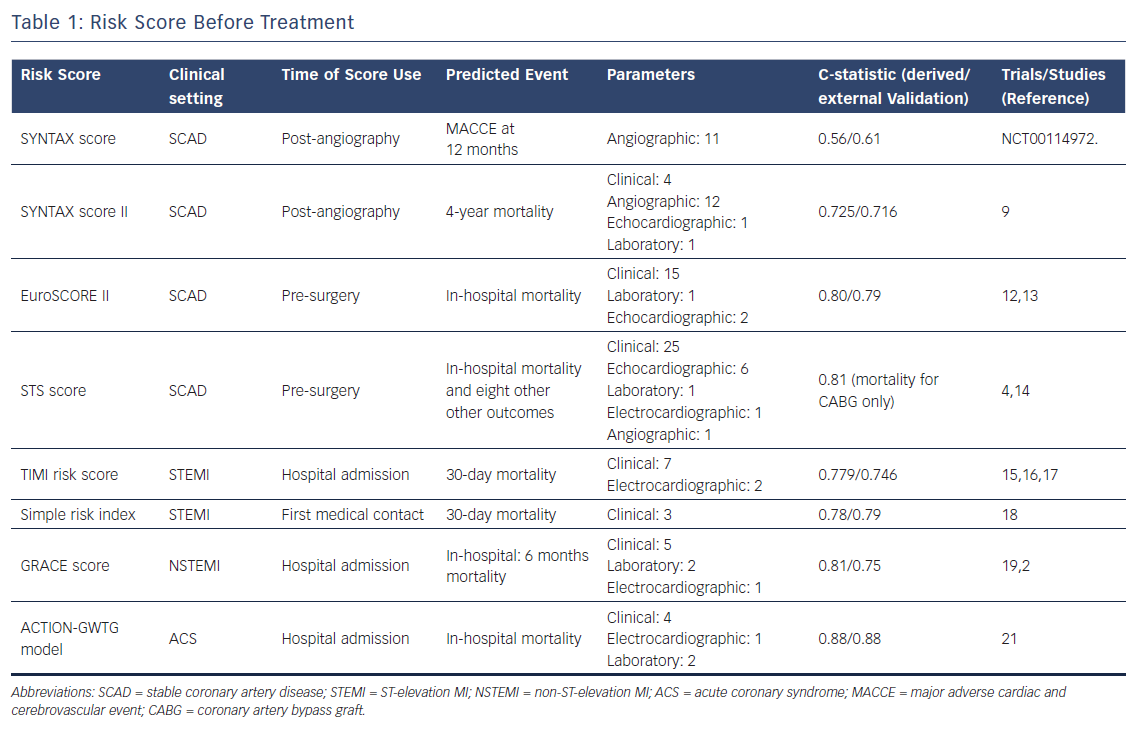

In 430 patients (86%), 111 female (25.8%), the procedure was considered complete after establishing TIMI 3 flow. The number of patients with TIMI 0.1, and two flows were 32 patients (46%), 12 patients (17%) and 26 patients (37%) respectively. In all, 70 patients (14%), 21 (30%) female, did not show TIMI 3 flow after intervention.

Five hundred patients underwent primary angioplasty for myocardial infarction. The baseline characteristics are listed in Table 1. An exercise test was also performed at the discretion of the physician. Clinical status and 12 lead ECGs were performed routinely. In brief, grade 0 perfusion is no antegrade flow beyond the point of occlusion grade 1 is minimal incomplete perfusion of contrast medium around the clot grade 2 (partial perfusion) is complete but delayed perfusion of the distal coronary bed with contrast material and grade 3 (complete perfusion) is antegrade flow to the entire distal bed at a normal rate.Īll patients were invited for a follow-up visit 6 months after index hospitalisation. The TIMI flow grades have been defined previously. The antegrade radiocontrast flow of the infarct-related artery was determined on the final coronary angiogram by the operator with the use of TIMI criteria. Other medications, including betablockers, nitrates, and morphine were administered at the discretion of the physician on duty. Administration of abciximab was established in our center as good clinical practice after data of positive impact in patients undergoing primary PCI came up. A weight-adapted bolus (0.25 mg/kg) of abciximab (Reopro ®, Lilly Corp) was also administered in all patients, with the exception of those who received prehospital fibrinolytic therapy. Īs a pharmacological regimen, all patients received 500 mg Aspirin orally, 300 mg Clopidogrel and a weight adapted bolus of intravenous heparin (100 IE/kg) upon admission prior to entering the cathlab. All interventions were performed according to current standard guidelines. STEMI was defined as typical ischemic chest pain within the previous 12 h and ST-segment elevations of >2 mm in at least two contiguous leads.Īll patients underwent acute coronary angiography and, if eligible, direct or rescue angioplasty. Results from 500 consecutive patients treated with acute PCI in acute STEMI were retrospectively acquired. We investigated the clinical outcome at index hospitalisation and after 6 months in groups of patients with or without re-established TIMI three flow, using data from our acute PCI database of a “real world” outdoor patient cohort of 500 patients treated between February 2001 and October 2006. The benefits of reperfusion therapy have been attributed to the prompt reestablishment of normal blood flow in the infarct-related artery, defined as thrombolysis in myocardial infarction (TIMI) 3 flow. As our treatment center has a skilled PCI laboratory with an experienced interventional cardiologist on duty 24 h a day, patients admitted to our hospital undergo primary PCI if coronary arteries are suitable, as recommend in current standard guidelines within <90 min door-to-balloon time. Timely reperfusion of the infarct-related coronary artery using fibrinolysis or PCI is central to optimal STEMI treatment. Reperfusion therapy is the cornerstone of treatment for patients with acute ST-elevation myocardial infarction (STEMI). After 6 months, patients without restored normal TIMI flow had worse New York Heart Association functional class (NYHA), and had to undergo repeat coronary angiography more often. A regressions analysis showed that predictors leading to such flow patterns are diabetes ( P = 0.013), pre-hospital fibrinolytic therapy ( P = 0.017), cardiogenic shock ( P = 0.002) and a 3-vessel disease ( P = 0.003). In patients with post-interventional TIMI flow ≤ 2 the left anterior descending coronary artery (LAD) was significantly more often seen as the target vessel (54.3% Vs. 24.3% P = 0.002) and use of intra-aortic balloon pump were all more unlikely (5.8% Vs. 32.9% P < 0.0001), left ventricular ejection fraction was better (51.3 Vs. In this group, in-hospital mortality was significant lower (6.4% Vs. In 430 patients, post-interventional TIMI flow 3 could be established. Between 20, 500 patients underwent primary PCI for STEMI.


 0 kommentar(er)
0 kommentar(er)
